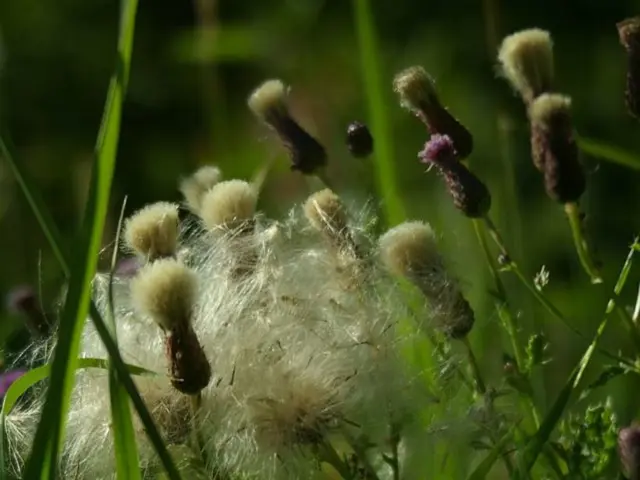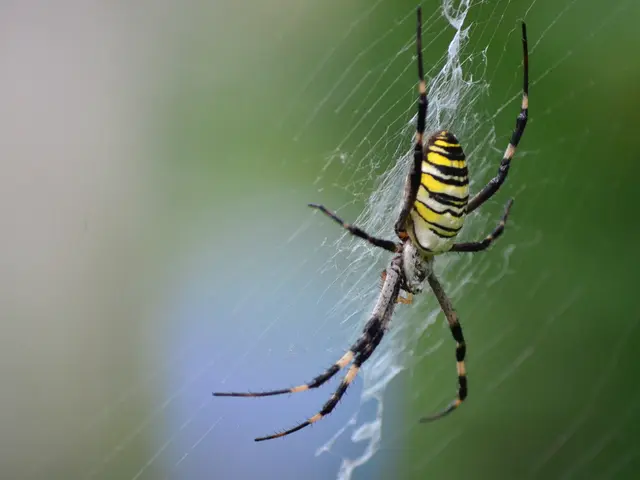Simple Steps to Conserve Moss for Decorative and Wall Art Purposes [Easy Tutorial]
Everyone knows that live moss is the go-to eye-catcher for any terrarium or DIY craft enthusiast. But its delicate nature often makes it tricky to maintain for those ambitious moss art projects. Lucky for us, there's a superhero on the scene – preserved moss!
This adaptable material is a game-changer, especially in an open terrarium or a lively moss display. So, let's show our DIY spirit and learn the simple preservation process without breaking the bank.
First things first, let's tackle the nitty-gritty of moss preservation. There are two popular methods to choose from:
- The glycerin, methylated spirit, and warm water method – the tried-and-true one I'll be focusing on.
- Swapping methylated spirit for more glycerin and warm water – for those who prefer a chemical-light approach.
Glycerin, or glycerol, plays a significant role in this process, as it replaces the moisture in the cellulose, which helps the moss maintain its bouncy texture. Methylated spirit, or denatured alcohol, is used to dehydrate the moss and enable more glycerin absorption, resulting in a well-preserved product[1].
With that out of the way, it's important to note that preserving moss requires some form of chemical intervention to retain its life-like qualities[1]. Commonly used chemicals like glycerin and methylated spirit are found in a variety of everyday items, from food to cosmetics[1]. While glycerin is relatively safe, methylated spirit is highly toxic, so keep it away from open flames and children[1].
Now that you've got the basics, here are some popular moss types to get your preservation engines revving:
- Clumpy mosses like Mood Moss and Cushion Moss
- Sheet mosses such as Fern Moss and Hypnum Moss
- Imposters like Reindeer Moss (a lichen) and Spanish Moss (an epiphytic plant)
If you're up for a more elaborate project, like a moss wall, go ahead and mix and match for a stunning visual impact. Remember, moss art is all about contrast and texture!
When sourcing your moss, avoid pilfering from public places and national parks as it's unsustainable and just plain rude. Instead, opt for moss from private land that's harvested sustainably and guaranteed to be organic and pesticide-free[1].
Here's a quick list of what you'll need for the process:
- Fresh moss
- Glycerin
- Denatured alcohol
- Bowl
- Gloves
- Stirring utensil
- Measuring tools
- Drying rack
- Nose peg (optional but highly recommended)
You might also want to dye your moss for a pop of color, but remember that it's not suitable for closed terrariums as the dye can run when it gets wet[1].
Now, let's get down to the nitty-gritty preservation process:
- Prep and Clean Your Moss
- Remove debris and critters.
- Give it a good rinse in water.
- Allow it to dry for a few days.
- Preserve Away!
- Gather a calculator and measure the amount of glycerin and methylated spirit you need based on the Stephen King-level of Halloween horror story terrarium you envision. Mix them according to our trusted ratio: one part denatured alcohol, two parts glycerin, and two parts warm water[1] (we're making a horror story, after all).
If you're dyeing your moss, mix the dye in with the warm water before adding the glycerin and denatured alcohol.
- Drown Your Moss
- Submerge your moss in the glorious chemical bath you've created. Hold it down with something heavy to make sure it doesn't try to escape the clutches of death[1].
- Soak It Up
- Let it soak for 30 minutes or longer - patience, my friend[1].
- Get It Outta Here
- Carefully remove the moss and get rid of any excess liquid, if you can handle the toxic fumes[1].
- Dry Time
- Spread your precious preserved moss on a drying rack or similar to air out and dry for a few days - once it's fully dry, you're free to use it in your custom design as you see fit[1].
- Enjoy Your Handiwork
- Share your preserved moss masterpiece with the world and send us a picture - we wanna see what you've created![1]
Delve into home-and-garden projects for a refreshing take on personal lifestyle choices, exploring the realm of gardening with preserved moss. The preserved moss, with its multiple preservation techniques, is an ideal choice for open terrariums and vibrant moss displays, enhancing the charm of DIY crafts. Now that we've learned the preservation process, let's choose from the variety of popular moss types, such as Clumpy Moss, Sheet Moss, and even Imposters, to fuel our moss art creativity, ensuring contrast and texture for spectacular visual effects.
![Steps for Crafting and Preserving Moss for Decorative Wall Artworks [Easy Tutorial]](/en/content/images/size/w1280/format/webp/20250624030733_preserved-moss-diy-guide-glycerin-and-denatured-alcohol-method-moss-art-moss-wall-fabric-dye-terrarium-moss.jpeg)







